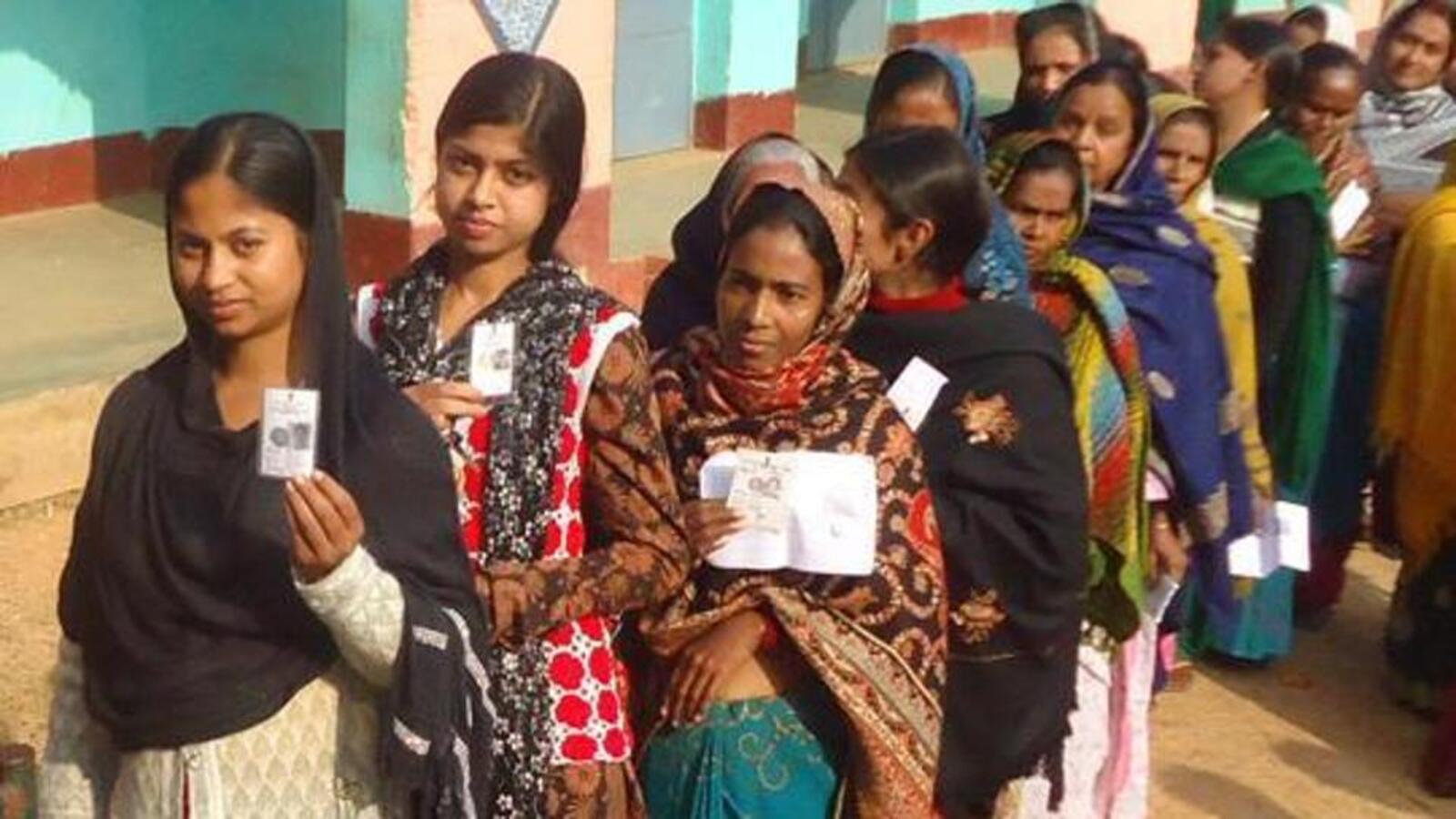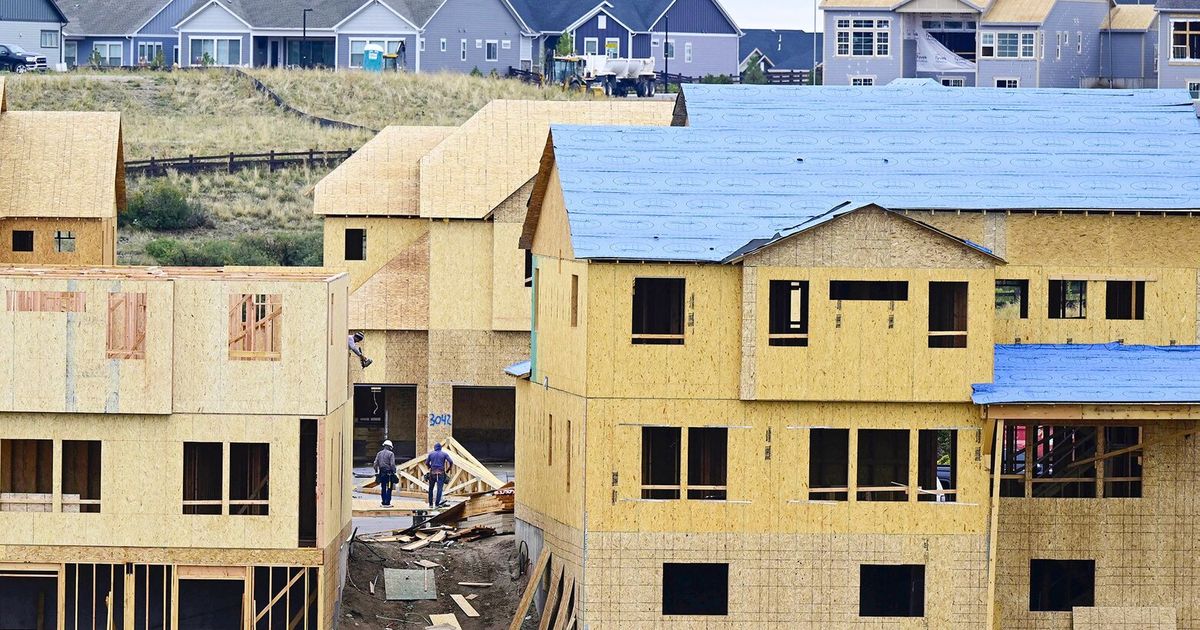Last month, Prime Minister (PM) Narendra Modi visited Mana, the last village on the India-China border in Uttarakhand’s Chamoli district. He laid the founding stone for infrastructure projects and deliberated upon the strategic significance of border villages to India’s security. In this year’s budget, the government launched the Vibrant Villages Programme to improve living conditions in remote villages along the China border.
India’s renewed thrust on border area development comes at a time when China is aggressively setting up “model villages” along Tibet’s disputed borders. The Chinese border campaign is mostly interpreted in India and globally as China’s “Himalayan land-grab”.
By analysing China’s internal debates on Tibet since the early 2000s, I argued in an ORF Occasional Paper that land-grab is not China’s ultimate objective in the region. Instead, it is only a means to an end — to resolve Tibet’s severe development challenge, industrialise and integrate its landlocked western region into the global economy, and unleash an economic restructuring that aims to move the country away from its overreliance on exports to a domestic demand/consumption-driven economy.
In the past 70 years, China created an impression of Tibet as an epitome of development, but research by Chinese scholars highlights problems plaguing the region. China’s National Bureau of Statistics data (2020) confirms that the Tibet Autonomous Region (TAR) is among the bottom three provinces in terms of per capita disposable incomes, far lower than the national average. Moreover, TAR’s urban-rural income gap is among the highest. The worst affected are Tibet’s border villages. Research by Chinese scholars highlights how these regions are facing economic distress and that nobody wants to live in these areas. Locals migrate to cities for economic and non-economic reasons; the relocated people prefer to stay in Tibet only during peak tourist seasons; even the party cadre dread living and working in these areas. As TAR’s economic growth dwindles along with China’s and the limitations of its infrastructure-led economic development become clearer, the issue of Tibet’s development is becoming urgent for China.
The problem of uneven and insufficient development, though most severe in Tibet, plagues the whole of western China in varying degrees. The region suffers from a skewed economic structure, weak self-development capacity, underdeveloped infrastructure, fragile ecology, and lack of e/ssential public services and thus has been unable to absorb capital, technology, and industry from the eastern coastal provinces. This severe regional imbalance has impeded China’s ambition of unleashing the full potential of its domestic market.
Chinese scholars say three key factors are responsible for this. First, the government’s flawed policies since the 1980s of prioritising coastal development at the expense of inland provinces; second, its inability to create a horizontal division of labour between China’s advanced east and lagging west; and third, the skewed growth model driven by infrastructure construction through transfer of payment from Beijing that has reduced these provinces into an unsustainable low-efficiency, dependency economy.
Now, China wants to reverse the economic challenges facing Tibet and its other inland provinces by constructing an economic corridor, connecting its laggard west to the nearby better-performing Indian economic circuit. The idea is to help China’s western provinces use India’s rich resources and vast markets to enable them to industrialise, to develop tourism, energy trade, and cross-border e-commerce. Some Chinese strategists expect the corridor economy through India to become the backbone of northwest China’s regional economy.
Many in India will find the Chinese aspirations vis-à-vis India, particularly in the post-Galwan era, unrealistic. Why should India facilitate the development of TAR and other landlocked western provinces and promote China’s economic dominance? Of course, India won’t agree. China also knows that India won’t agree, unless offered reciprocal concessions, be it on the issue of the disputed border or South Asia or India’s inclusion in international organisations. But some Chinese strategists think that such concessions are counterproductive, as these will further strengthen India’s power and position, with cooperation (from India) becoming even harder to come by. So, they favour adopting the opposite strategy — to militarily and economically intimidate India into submission and to apply various pressure tactics, from land grab at the Line of Actual Control to using various South Asian countries as bargaining chips. From that perspective, Tibet is often seen as a key supply centre and security guarantor for China’s access to Indian markets and its interests in the Indian Ocean region.
India needs to understand that there are two sets of contradictions in Tibet. Its primary contradiction is unbalanced and inadequate economic development. The religious and ethnic tension and the Dalai Lama issue are considered by China as its secondary/special contradiction. China’s propaganda machinery strategically overemphasises Tibet’s special contradiction and plays down its principal contradiction. This serves the Chinese interest well, as it covers up China’s various policy failures in TAR, portrays India as an aggressor and justifies China’s militarisation of Tibet on the grounds of national security threats.
An exclusive focus on TAR’s culture/religion/human rights also serves the interest of certain western nations, which use human rights selectively as a tool to further their political-economic agenda. However, such an approach does little to serve India’s interests, particularly in providing New Delhi with immediate effective leverage vis-a-vis China. Instead, if India focuses more on TAR’s primary contradiction and India’s critical role in China’s strategy of expanding the scope of “reform and opening up” to its interiors, it might have a greater room for manoeuvre vis-à-vis China.
Antara Ghosal Singh is fellow, ORFThe views expressed are personal















